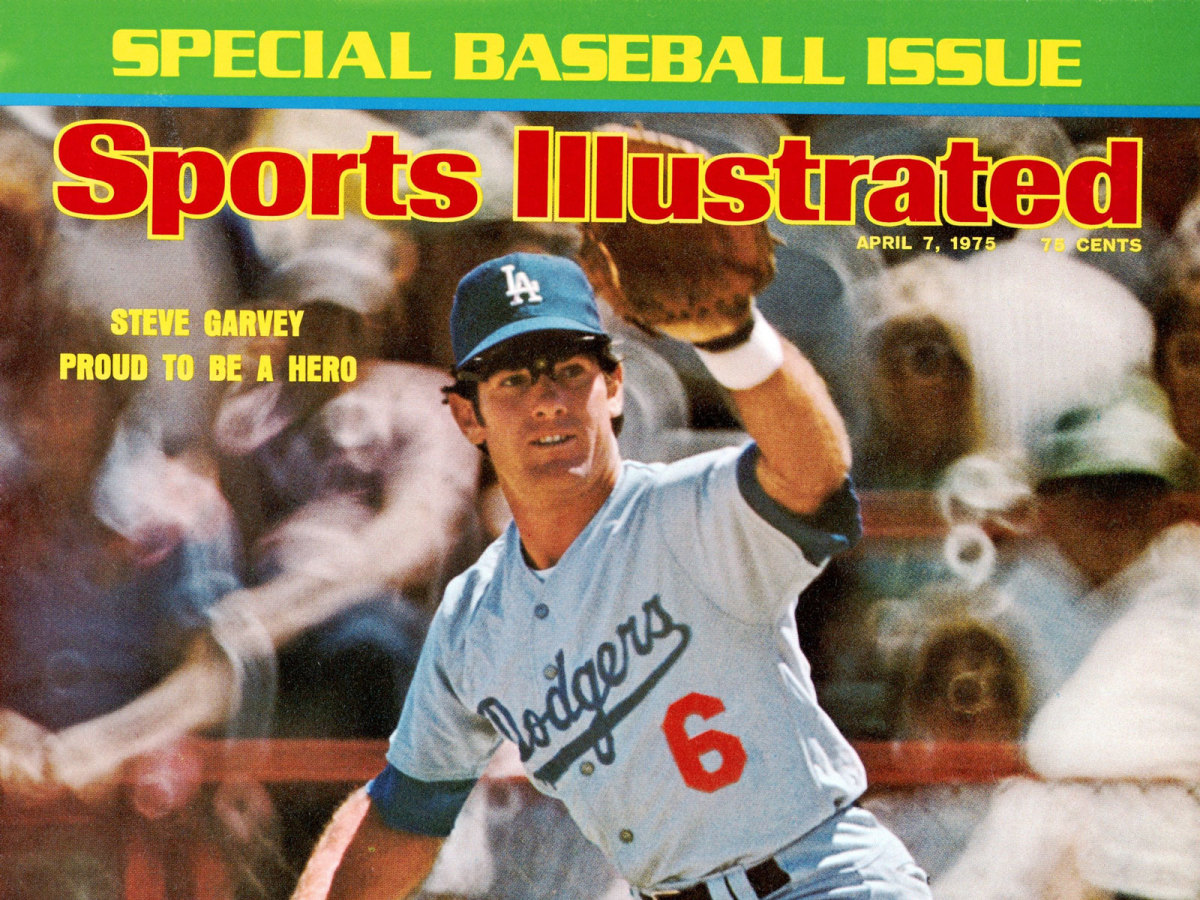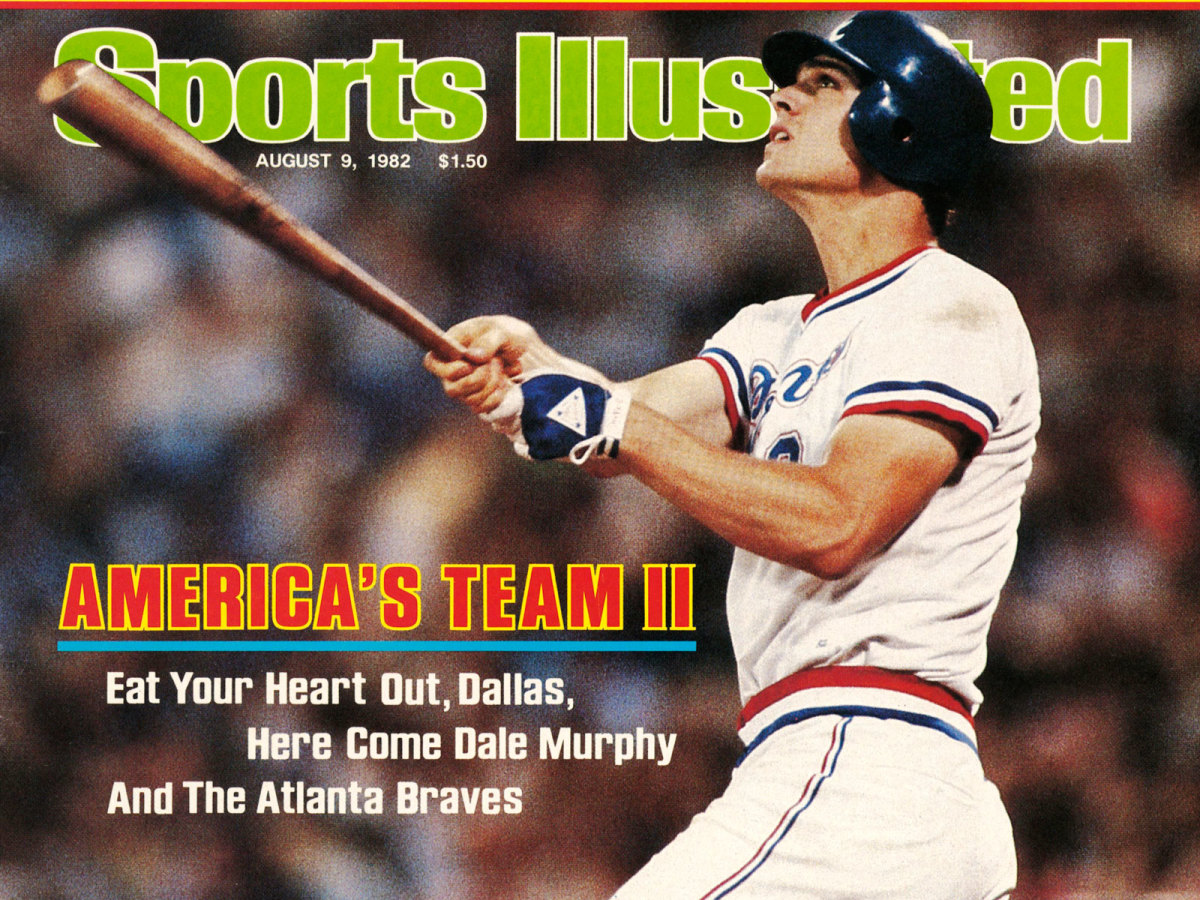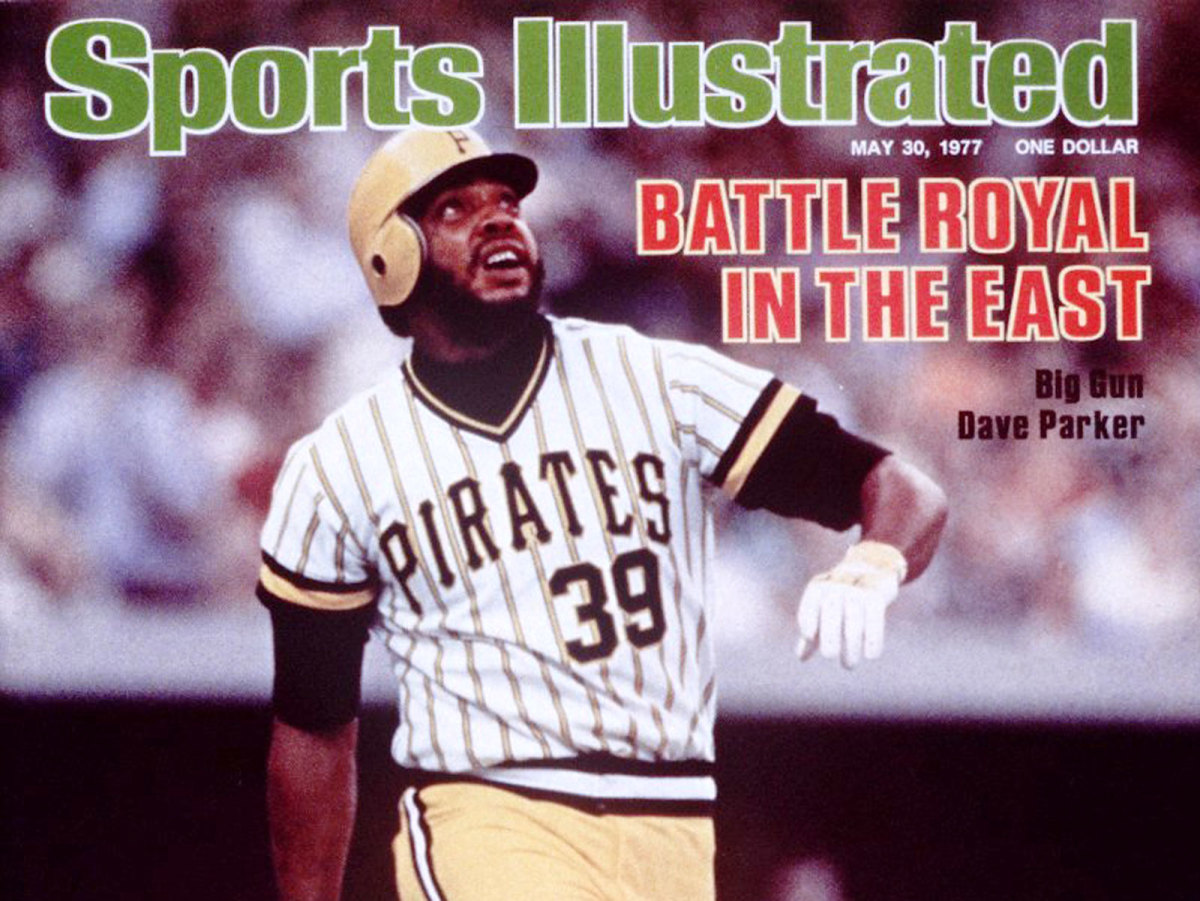Analyzing the Hall of Fame Cases for Don Mattingly, Steve Garvey and more

The following article is part of my ongoing look at the candidates on the 2018 Modern Baseball Era Committee Hall of Fame ballot, which will be voted upon by a 16-member committee of writers, executives and Hall of Fame players at the Winter Meetings in Orlando, Fla., with the results to be announced on Dec. 10 at 6 p.m. ET. For a detailed introduction to the Modern Baseball ballot, please see here, and for a fuller introduction to JAWS, see here.
Steve Garvey, (37.7/28.6/33.1, 51st among 1B)
Avg HOF 1B: 66.4/42.7/54.6
A remarkably consistent and durable player during the prime of his 19-year career (1969–1987), Garvey was the most heralded member of the Dodgers' Longest Running Infield, earning All-Star honors every year from 1974–1981 and again in 1984 and '85, his second and third seasons with the Padres after departing Los Angeles via free agency. Stuck in a difficult hitters' park at Dodger Stadium, he did things that typically impress Hall of Fame voters, topping a .300 batting average seven times, 200 hits six times and 100 RBIs five times during that initial eight-year run. He won Gold Gloves in the first four of those years, all while maintaining perfectly coiffed hair.
Additionally, Garvey was great in the postseason (.338/.361/.550 with 11 homers in 232 PA) and helped lead his teams to five World Series appearances and one title (1981 with the Dodgers). He also won plenty of hardware (1974 MVP, two-time All-Star Game MVP), played in 10 All-Star games and set the National League record for consecutive games played with 1,207 from Sept. 3, 1975, to July 29, 1983; that streak still ranks as the fourth-longest behind those of Cal Ripken, Lou Gehrig and Everett Scott.
Garvey finished with a .294/.329/.446 regular season line, 2,599 hits and 272 homers, favorable numbers for his Hall of Fame case. His Hall of Fame Monitor score—a Bill James invention that credits factors like those aforementioned round numbers and postseason appearances—of 130 suggests he was a "virtual cinch." Even so, Garvey never got closer than the 42.6% he received in his third year on the ballot. A messy divorce, a pair of paternity suits and further legal problems tarnished his apple-pie image, which didn't help.

From an advanced statistical standpoint, Garvey's problems are twofold. He walked in just 5% of his plate appearances (3.8% unintentionally) en route to an OBP that was just one point above the park-adjusted league average for his career. As a result, his 117 OPS+ ranks just sixth among the nine first basemen with at least 7,000 PA from 1969–1992 (a period bracketed by expansions), well behind the enshrined Eddie Murray (136), Rod Carew (134) and Tony Perez (124), not to mention a much better candidate in Keith Hernandez (128).
His total of 183 batting runs—not RBI but the offensive component of Baseball-Reference's version of WAR—ranks 53rd among first basemen all time, well below non-Hall of Famers such as Will Clark, Norm Cash, Adrian Gonzalez, Mark Teixeira, Bob Watson and Mark Grace. What's more, despite his Gold Gloves, Garvey grades out as exactly average in the field according to Total Zone, the Baseball-Reference defensive component for the era; Baseball Prospectus's Fielding Runs Above Average and the Baseball Gauge's Defensive Regression Analysis both view him even less charitably. He ranked among the NL’s top 10 in WAR just twice, and is far below the career, peak and JAWS standards on all three fronts, 51st at the position in the latter. That's not even close to good enough to justify a vote.
Don Mattingly (42.2/35.6/38.9, 38th among 1B)
Avg HOF 1B: 66.4/42.7/54.6
See here for a more in-depth profile dating to Mattingly’s time on the BBWAA ballot.
The golden child of the Great Yankees Dark Age, Mattingly debuted in September 1982, the year after the team finished a stretch of four World Series appearances in six seasons, and retired in 1995, having finally reached the postseason but still a year too early for their run of six pennants and four titles in eight years. At his peak, "Donnie Baseball" was both an outstanding hitter and a slick fielder, but a back injury sapped his power, not only shortening that peak but also bringing his career to a premature end at age 34.
After securing a roster spot in June 1983, Mattingly assumed regular first base duties the following year and hit .343/.381/.537 with 23 homers and 110 RBIs, leading the league in batting average, hits (207) and doubles (44) while ranking fifth in WAR (6.3) and making the first of six straight All-Star teams. He hit 35 homers and drove in a league-high 145 runs en route to the AL MVP award in 1985, then led the league in hits (238), doubles (53), slugging percentage (.573) and OPS+ (161) in 1986. His .352 batting average that year ran second to Wade Boggs' .357, his 7.2 WAR third behind Boggs and Jesse Barfield.
Mattingly caught flak from owner George Steinbrenner over his relatively high salary and inability to produce a championship. “The Boss” labeled his star first baseman "the most unproductive .300 hitter in baseball," a ridiculous notion in an industry and an era where RBI totals were viewed as productivity (nobody was within 50 RBIs of Mattingly's 1984–87 total at the time Steinbrenner said that). Donnie Baseball continued his run of All-Star level play through 1989, winning five Gold Gloves along the way, but back troubles—perhaps due to a clubhouse wresting match with teammate Bob Shirley—limited him to 41 home runs in the last two of those years. For the 1984–89 period, he hit a combined .327/.372/.530 for a 147 OPS+, averaging 27 homers and 5.5 WAR. In that timespan, only six players—Boggs, Rickey Henderson, Cal Ripken, Ozzie Smith, Alan Trammell (the lone non-Hall of Famer in the bunch) and Tim Raines—were more valuable.
Evaluating the Hall of Fame Cases for the 2017 Modern Baseball Era Committee Nominees
Unfortunately, Mattingly's career went downhill after he signed a five-year, $19.3 million extension in 1990. He hit just 14 homers and slugged .370 in 1990–91, missing seven weeks of the former season due to further back troubles. He rebounded somewhat, but was never again a true offensive force, slipping to .286/.345/.405 with an average of 10 homers and 1.5 WAR over his final six seasons. In a bittersweet coda, he hit a sizzling.417/.440/.708 during the 1995 Division Series against the Mariners—his lone taste of postseason play—but New York lost an agonizing five-game series. Mattingly retired after that season at age 34.
Mattingly received 28.2% of the BBWAA vote in his debut, but within two years, his support was less than half that; over his final 13 years on the ballot, he cracked 15% just twice, and fell below 10% three times. His totals of 2,183 hits and 222 homers are light for a Hall first baseman, and even with his stellar early run, he's well short of the peak standard for the position, 33rd all time behind contemporaries Jeff Bagwell, Frank Thomas, Mark McGwire, Jim Thome, Hernandez, Murray, John Olerud, Rafael Palmeiro, Clark and Fred McGriff. He's far below all of them in JAWS, too, and quite frankly, a waste of ballot space in this context. If he's going to get to Cooperstown, it will have to be as Torre did, as a manager.
Dale Murphy (46.2/41.0/43.6, 25th among CF)
Average HOF CF: 71.2/44.6/57.9
See here for a more in-depth profile dating to Murphy’s time on the BBWAA ballot.
The fifth pick of the 1974 draft as a catcher, the 6' 4" Murphy didn't flourish until his fifth major league season, (1980) when the Braves converted him from a first baseman/backup catcher to a full-time centerfielder. From that point through the 1987 season, he made six All-Star teams, won five Gold Gloves, two MVP awards (1982 and '83, while leading the NL in RBIs) and two home run titles (1984–85). Unfortunately, knee injuries turned him into a shadow of that player by the time he was 32, and he played his last game at 37.
Though touted as the next Johnny Bench thanks to his arm strength, Murphy developed a mental block about throwing to second base, either hitting the pitcher or throwing the ball into centerfield. He hit 44 homers as a first baseman/catcher in 1978–79, but even then his throwing remained a problem. Things clicked when manager Bobby Cox move him to the outfield, trying him at both corners and then into center. His throwing was no longer an issue and his bat took off (.281/.349/.510 , 33 HR, 6.5 WAR). Though he slumped in the 1981 strike season, his 36 homers, 109 RBI and 6.1 WAR helped the Braves to the NL West title in 1982, and he beat out the Cardinals' Lonnie Smith for MVP honors.

Murphy returned to the playoffs, but he set a career high with 7.1 WAR (second in the NL) while again hitting 36 homers and a league-best .540 SLG in 1983, when the 88-win Braves lost out to the Dodgers in the NL West. He set career highs with 44 homers, 115 walks (29 intentional), .417 OBP, .580 SLG and 7.7 WAR, the league's third-highest total in 1987—a year that set a record for homers—but Andre Dawson, in a vastly inferior season (49 homers but just 3.7 WAR), won MVP honors while Murphy didn't even break the top 10 in voting.
Still, at that juncture, Murphy looked like a Hall of Famer in the making, with a career .279/.362/.500 line, 310 homers, five 30-homer seasons and six top-three finishes in the category from 1980-87, a span during which only Mike Schmidt out-homered him, and only six players exceeded his 40.0 WAR: Henderson, Schmidt, Gary Carter, Boggs, Robin Yount and Trammell. Alas, Murphy's career quickly fell off the table. He hit a combined .238/.311/.403 with 4.9 WAR over the next four seasons, a hair less value than his 5.0 average during that eight-year run. Traded to the Phillies in August 1990, he exceeded 57 games just once over his final four seasons in Philadelphia and then Colorado due to further knee troubles.
Despite his two MVP awards, Murphy’ 2,111 hits and 398 homers don’t appear to be Hall caliber due to his early retirement. The BBWAA voters thought so; he debuted with 19.3% of the vote, climbed to 23.2% the next year, but never again broke 20%, and twice slipped below 10%. Even with his five top-10 finishes in WAR, he's a modest 18th in peak score among centerfielders, ahead of seven of the 19 Hall of Famers but 3.6 wins below the standard. He's much further off in career WAR, 33rd all time and a hefty 25 wins below the standard. I'd be less surprised if he were elected than if Mattingly were, but he's not that much more deserving.
Dave Parker, RF (39.9/37.2/38.6, 37th among RF)
Avg HOF RF: 73.2/43.0/58.1
The man nicknamed Cobra was a slugger with a cannon for an arm. Debuting in 1973 and taking over the full-time rightfield job in 1975, he appeared to be on a Hall of Fame course through 1979, having won batting titles in '77 and '78, an MVP award in the latter year, All-Star Game MVP honors and a world championship in '79 and Gold Gloves in all three of those seasons. His 31.0 WAR from 1975–79 trailed only Schmidt, George Brett and Rod Carew.
Alas, cocaine problems cost him productivity on offense, defense and the basepaths during the latter stages of his run in Pittsburgh; he was worth a total of 2.3 WAR from 1980–83. He was among several players who testified at the 1985 drug trials. Granted immunity for his testimony on the legal front, he received a suspended sentence from Commissioner Peter Ueberroth that allowed him to continue playing without suspension, on the condition that he submit to random drug testing and donate part of his salary and some of his time to drug-related community service efforts.

By that point, Parker had resurrected his career with the Reds. In 1985, the best of his four years in Cincinnati, he hit .312/.365/.551, led the league with 125 RBIs, earned All-Star honors and was runner-up in the NL MVP voting. Later, he was a DH on Oakland's 1988 pennant winners and 1989 world champions, and had his last big season with the Brewers in 1990. He retired after spending 1991 with the Blue Jays, having compiled near-Hall of Fame numbers (.290/.339/.471, 121 OPS+, 2,712 hits, 339 homers) during his 19-year career.
For all of that, Parker's loss of value via defensive decline and DH duty offset the big numbers. From 1980 onward, he was 61 runs below average in the field and worth a total of 7.6 WAR. He ranks just 37th among rightfielders in JAWS, about 33 wins shy on career score and six on peak. Current BBWAA candidates Larry Walker, Sammy Sosa, Vlad Guerrero and Gary Sheffield far outshine him in the advanced metrics, as do coming candidates Bobby Abreu and Ichiro Suzuki. Dwight Evans, Reggie Smith and Bobby Bonds, all bypassed for this Modern Baseball ballot, also exceed Parker’s production in the advanced metrics. Enough BBWAA voters gave him a base of support that he completed a 15-year run on the ballot, but he peaked at 24.5% in his second year, and topped 20% only one more time. In light of the veritable army of rightfielders who would make better Hall of Famers, he's an easy no.
